Layers of Learning Unit 2-14 is a complete unit study for history, geography, science, and the arts.
- History: Asian Kingdoms
- Geography: Southeast Asia
- Science: Non-metals
- Arts: Vivid Language
Layers of Learning Unit 2-14 includes the history of southeast Asia during the Middle Ages. We cover the Delhi Sultanate and Vijayanagara in India, the Khmer Empire, and Malacca. Then in geography, we’ll take in the whole southeast Asian peninsula and archipelagos. We include Burma,
Cambodia, Laos, Thailand, Vietnam, Malaysia, Brunei, East Timor, Indonesia, Singapore, and the Philippines. Next, we’ll learn about non-metals in chemistry including diagramming more atoms, and examining nitrogen, phosphorus, oxygen, and the noble gases in more detail. Last, in the arts, we’ll learn how to paint mental pictures with vivid language, personification, similes, metaphors, and onomatopoeia.
In each unit, you’ll find a recommended library list, important background information about each topic, and lots of activities to choose from for kids of all ages. Sidebars include a bunch more ideas including Additional Layers, Fabulous Facts, On The Web, Writer’s Workshop, Famous Folks, and Teaching Tips. Printable maps and worksheets are included with each unit and may be printed as often as needed for your family or class.
Age Range: 6-18
Grade Level: 1-12
Pages: 60

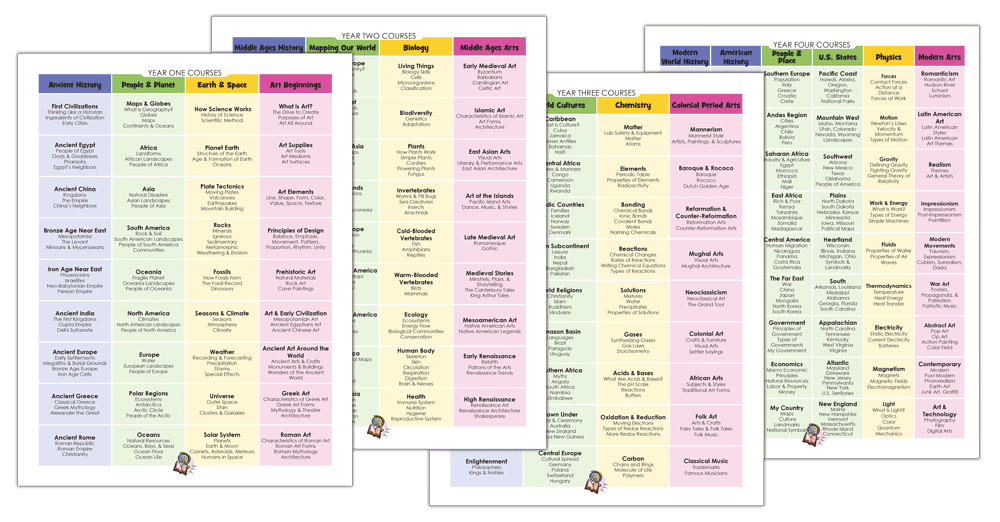
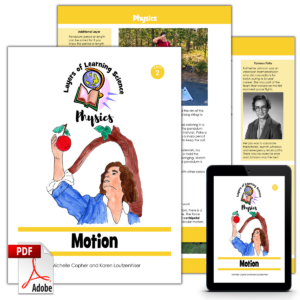
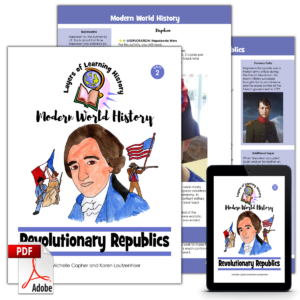
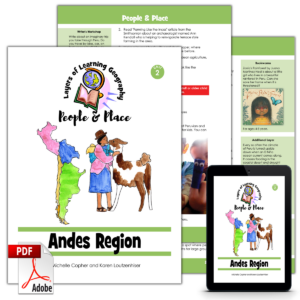

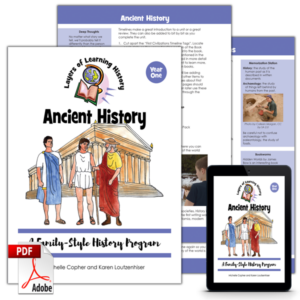
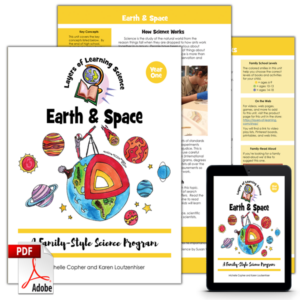
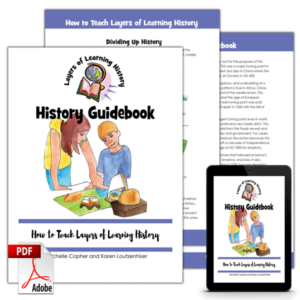
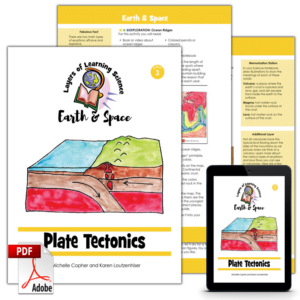
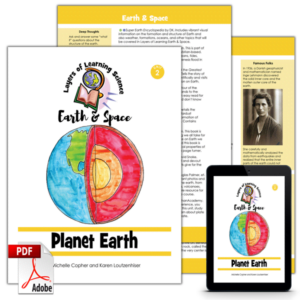
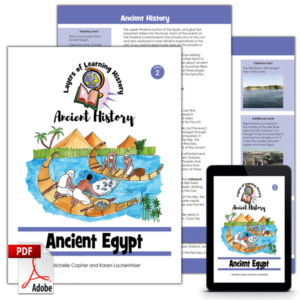
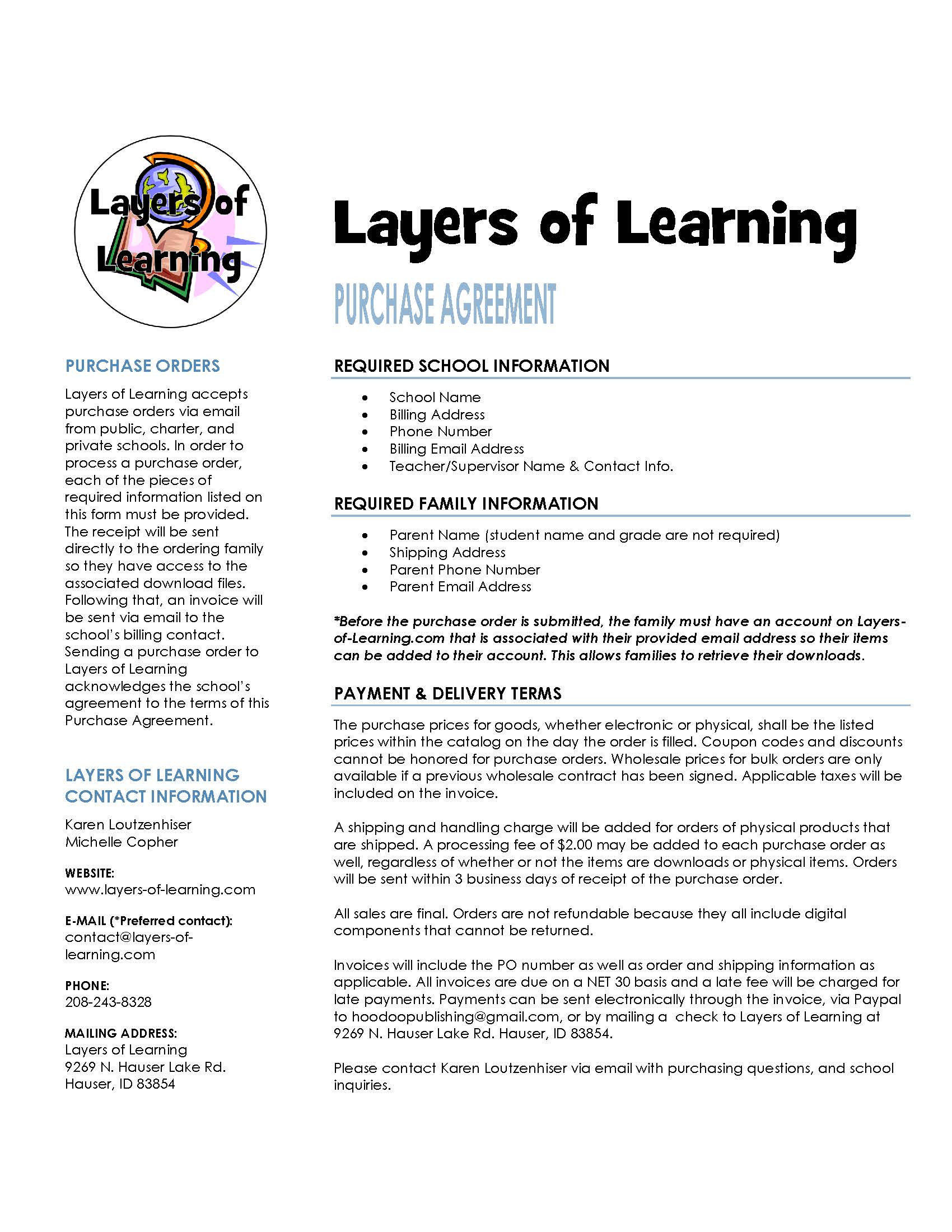
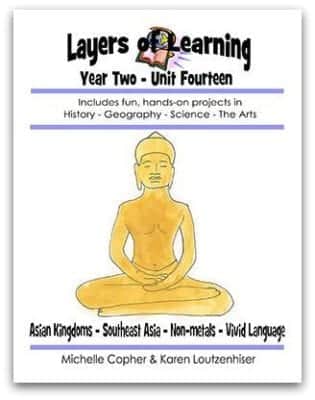
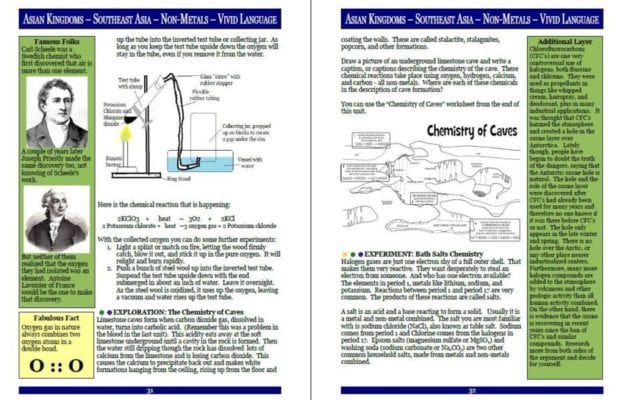
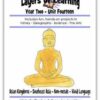
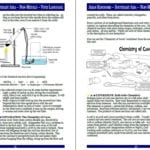
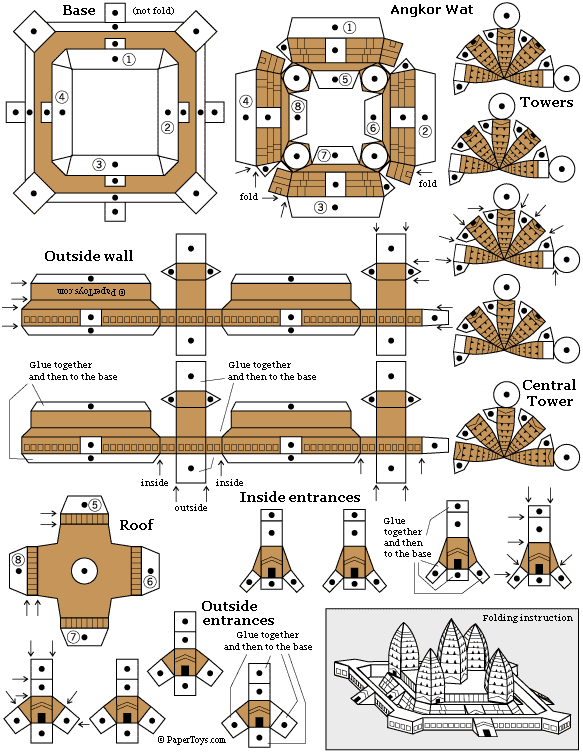

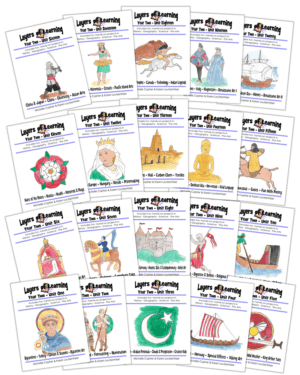
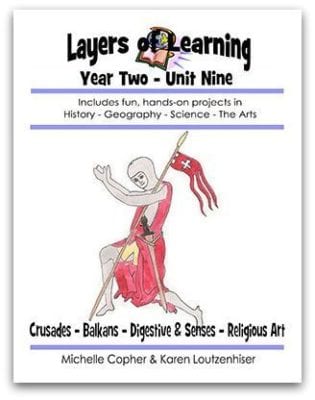
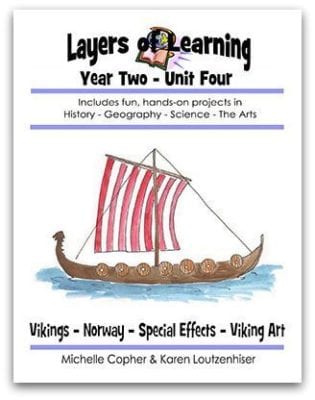
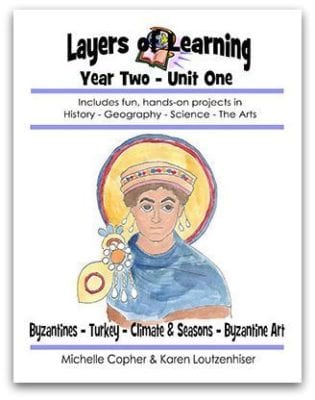
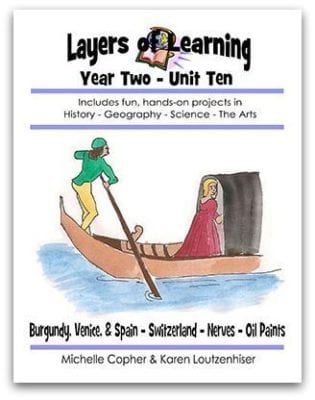
Reviews
There are no reviews yet.